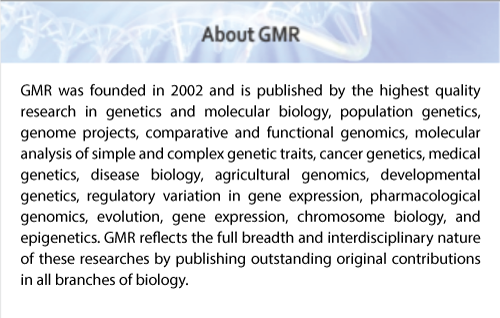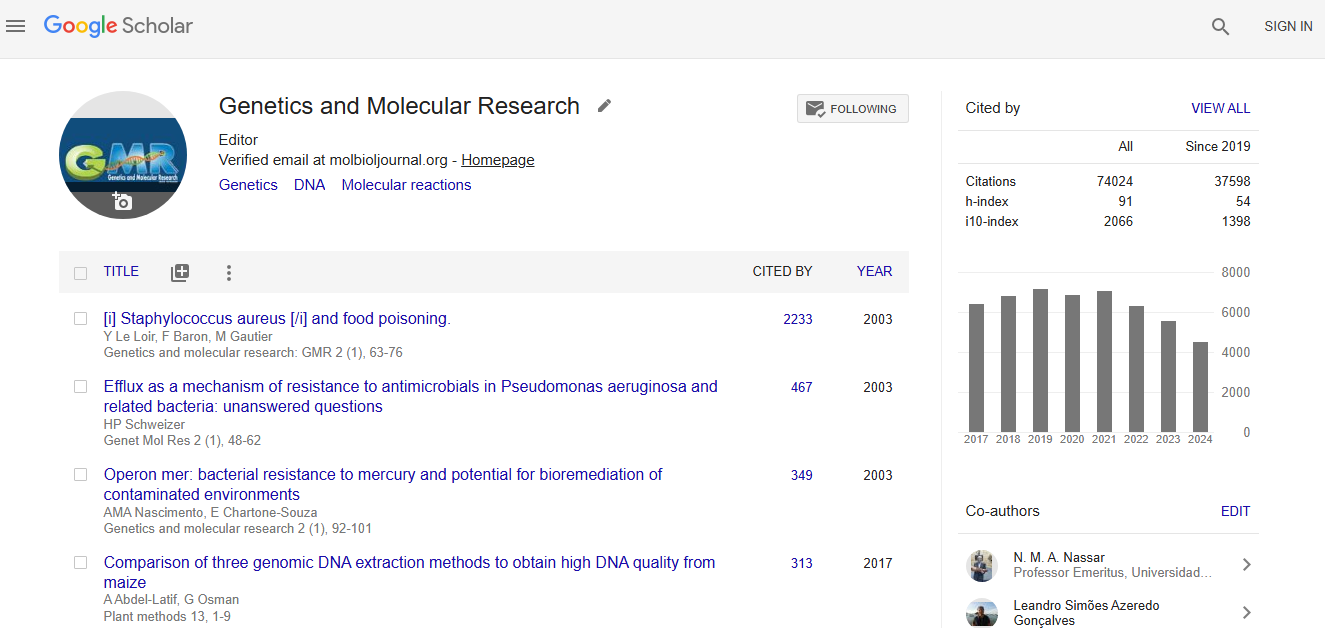Abstract
Efficacy of random primer-pair arrays in plant genome analysis: a case study of Cucumis (Cucurbitaceae) for identification of wild and cultivated species
Author(s): E.M. Gatphoh, S.K. Sharma, K. Rajkumari and S. Rama RaoThe efficacy of random primer-pair arrays compared to conventional RAPD method with a single decamer primer was evaluated using DNA from two species of Cucumis. The banding patterns of amplicons revealed enhanced utility of primer-pair arrays over conventional RAPDs, producing more bands and a higher degree of polymorphism, both at intra- and inter-specific levels. Amplification produced by both methods clearly distinguished a wild from a cultivated species of the genus Cucumis. The main advantage of the primer-pair RAPD over single-primer-based RAPD is the increase in the number of reactions and amplification products in the form of novel/unique bands with a limited number of primers. It also enables the generation of reliable amplicons with a large number of polymorphic bands, which can be linked to gene-governing traits, allowing sequence-characterized partial genome analysis.
Impact Factor an Index

Google scholar citation report
Citations : 74024
Genetics and Molecular Research received 74024 citations as per google scholar report
